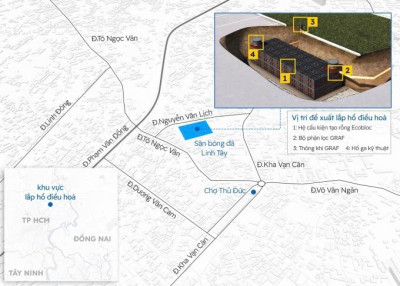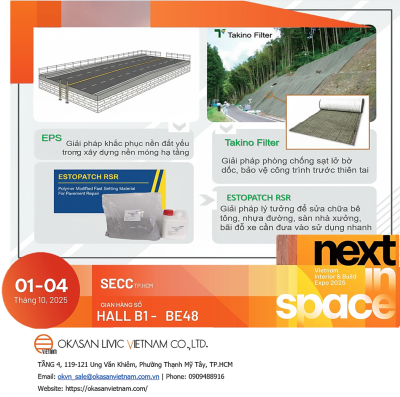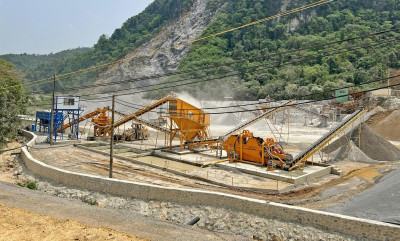Staff replaced green vegetation to replace asphalt
According to the assessment of CPI (A United Nations monitoring framework for urban development), urban prosperity is calculated by year with parameters such as: productivity, infrastructure development, environment. Sustainable schools, quality of life and social equity/inclusion. Whether the urban level is larger or smaller, the above five elements are represented in the street patterns of every city in the world. It can be seen that the street has many functions. This is where people and goods move, it is also a place to provide energy, information, waste collection, and is also a place for trees, plants, insects, and shade to grow and develop. helps avoid solar radiation, has benches to rest, greet and talk to neighbors, a playground or many paths depending on the purpose of where you want to go,... Many other activities take place. out every day on the streets. Therefore, this is the public space and the most vibrant place, where many functions and activities can be performed at the same time.

In New York, the traffic land structure can be as dense as in Manhattan (accounting for 36%) to suburban areas (less than 10%). According to statistics, most cities in the prosperous region have a high proportion of land allocated for streets, such as: Washington DC (25%), Barcelona (33%), Toronto (29%),... Thanks to that, Cities have more opportunities to realize and improve urban living standards to become more vibrant and modern.
Normally, when we think about streets, we only see moving or parked cars, because streets are mainly designed for vehicles. However, that was a story in the past. Today, more and more factors are gradually changing the traditional street model. Looking at reality, the improvement of public transportation is contributing to changing street patterns in large cities little by little. New mobility options such as car sharing, scooters, electric bicycles and even restrictions on mobility options to protect the environment have somewhat changed our perception of personal cars. core. Additionally, in most major city centers, there is a gradual shift from people owning cars to only renting cars. This situation has forced developers to reconsider the need for underground parking in new construction, or at least reduce the current standard of parking spaces per family.


 vi
vi























